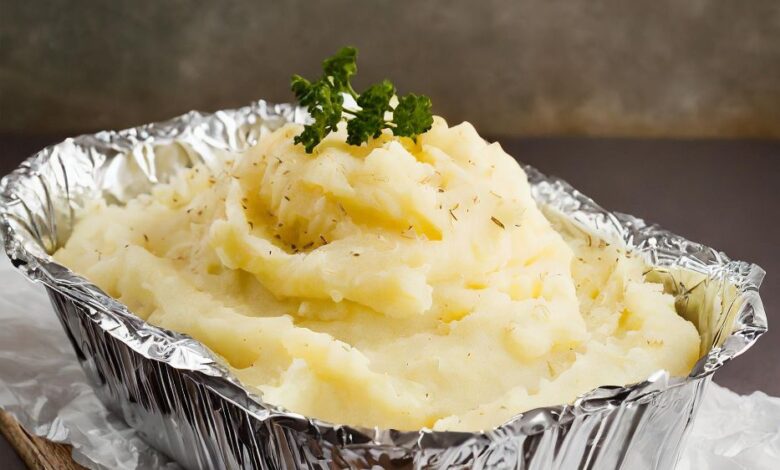
1. Off-Smell: A sour or unpleasant aroma indicates spoilage.
2. Unusual Taste: If the potatoes taste sour or off, discard them immediately.
3. Visible Mold: Mold growth is a clear sign of spoilage, requiring disposal of the entire container.
4. Texture Changes: Watery layers, excessive dryness, or lumpy textures suggest the potatoes are no longer safe to eat.
Best Practices for Storing Mashed Potatoes
To maximize the shelf life of mashed potatoes:
1. Transfer to Airtight Containers: Place cooled mashed potatoes in airtight containers or resealable bags.
2. Even Distribution: Spread the potatoes evenly in the container for uniform cooling.
3. Labeling: Always label containers with the storage date for easy tracking.
4. Maintain Refrigerator Temperature: Keep the fridge at a consistent temperature and minimize door openings.
Mashed potatoes can be a delightful addition to any meal, but proper storage is key to maintaining their quality and safety. By following the guidelines outlined in this article and being vigilant for signs of spoilage, you can ensure that your mashed potatoes remain fresh and enjoyable for as long as possible.
